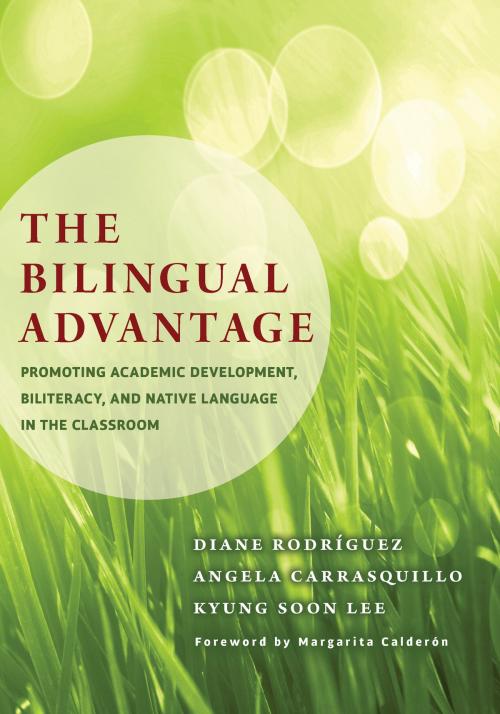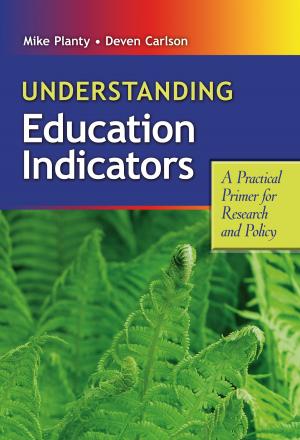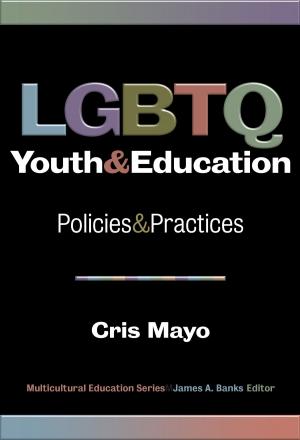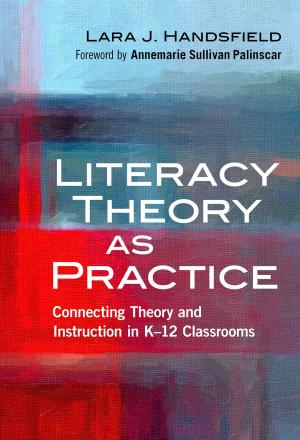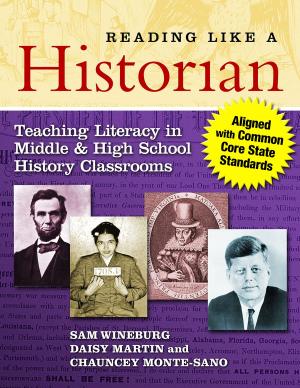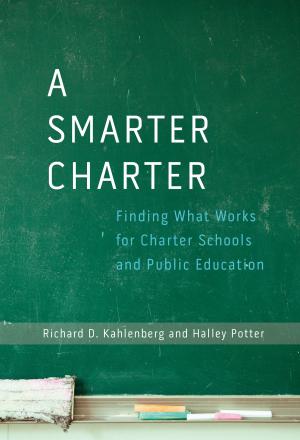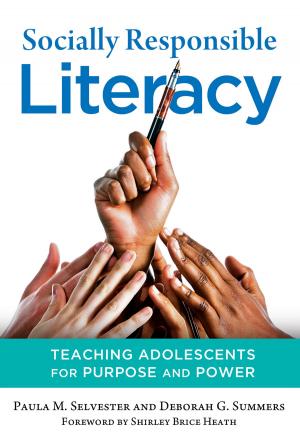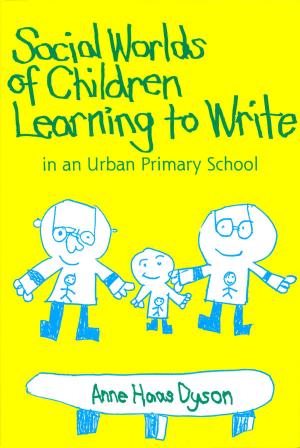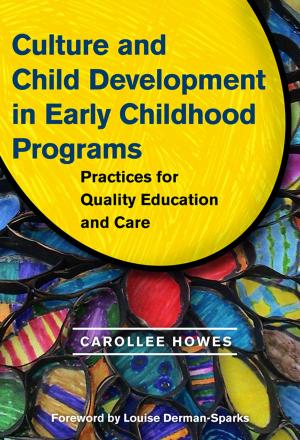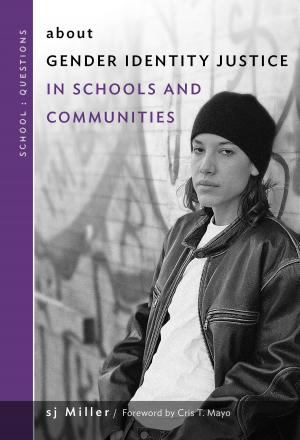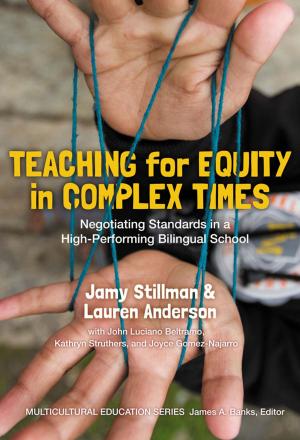The Bilingual Advantage
Promoting Academic Development, Biliteracy, and Native Language in the Classroom
Nonfiction, Reference & Language, Education & Teaching, Educational Theory, Bilingual Education, Teaching, Language Arts| Author: | Diane Rodríguez, Angela Carrasquillo, Kyung Soon Lee | ISBN: | 9780807772676 |
| Publisher: | Teachers College Press | Publication: | December 15, 2009 |
| Imprint: | Language: | English |
| Author: | Diane Rodríguez, Angela Carrasquillo, Kyung Soon Lee |
| ISBN: | 9780807772676 |
| Publisher: | Teachers College Press |
| Publication: | December 15, 2009 |
| Imprint: | |
| Language: | English |
This comprehensive account of bilingualism examines the importance of using students’ native languages as a tool for supporting higher levels of learning. The authors highlight the social, linguistic, neuro-cognitive, and academic advantages of bilingualism, as well as the challenges faced by English language learners and their teachers in schools across the United States. They describe effective strategies for using native languages, even when the teacher lacks proficiency in a language. This resource addresses both the latest research and theory on native language instruction, along with its practical application (the what, why, and how) in K–8 classrooms.
Key features include:
- Examples of programs that address the needs of learners from diverse language backgrounds, including Spanish, Chinese, Korean, Haitian Creole, Hindi, Bengali, and Russian.
- Teaching strategies, activities, and student tasks geared toward current academic standards.
- The role of primary language in ESL, dual language, special education, and general education programs.
“At last, a book that focuses on the development of students’ bilingualism from the point of view of their home languages and not simply English! Rodríguez, Carrasquillo, and Lee lead teachers in uncovering the treasure of the home language in bilingual learning.”
—Ofelia García, professor, The Graduate Center, City University of New York
“I highly recommend The Bilingual Advantage . . . an essential tool to achieve equity and social justice as these evidence-based practices promote the high achievement and success of English learners within our schools.”
—Jose Luis Alvarado, associate dean, College of Education, San Diego State University
“This book brings together the latest research on the advantages of children learning in two languages and two cultures.”
—From the Foreword by Margarita Calderón, professor emerita, Johns Hopkins University
This comprehensive account of bilingualism examines the importance of using students’ native languages as a tool for supporting higher levels of learning. The authors highlight the social, linguistic, neuro-cognitive, and academic advantages of bilingualism, as well as the challenges faced by English language learners and their teachers in schools across the United States. They describe effective strategies for using native languages, even when the teacher lacks proficiency in a language. This resource addresses both the latest research and theory on native language instruction, along with its practical application (the what, why, and how) in K–8 classrooms.
Key features include:
- Examples of programs that address the needs of learners from diverse language backgrounds, including Spanish, Chinese, Korean, Haitian Creole, Hindi, Bengali, and Russian.
- Teaching strategies, activities, and student tasks geared toward current academic standards.
- The role of primary language in ESL, dual language, special education, and general education programs.
“At last, a book that focuses on the development of students’ bilingualism from the point of view of their home languages and not simply English! Rodríguez, Carrasquillo, and Lee lead teachers in uncovering the treasure of the home language in bilingual learning.”
—Ofelia García, professor, The Graduate Center, City University of New York
“I highly recommend The Bilingual Advantage . . . an essential tool to achieve equity and social justice as these evidence-based practices promote the high achievement and success of English learners within our schools.”
—Jose Luis Alvarado, associate dean, College of Education, San Diego State University
“This book brings together the latest research on the advantages of children learning in two languages and two cultures.”
—From the Foreword by Margarita Calderón, professor emerita, Johns Hopkins University
